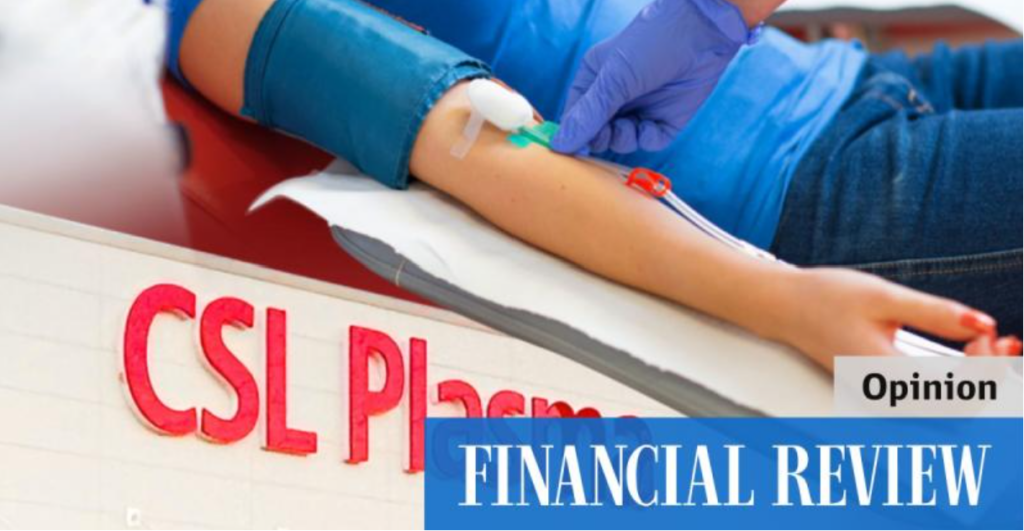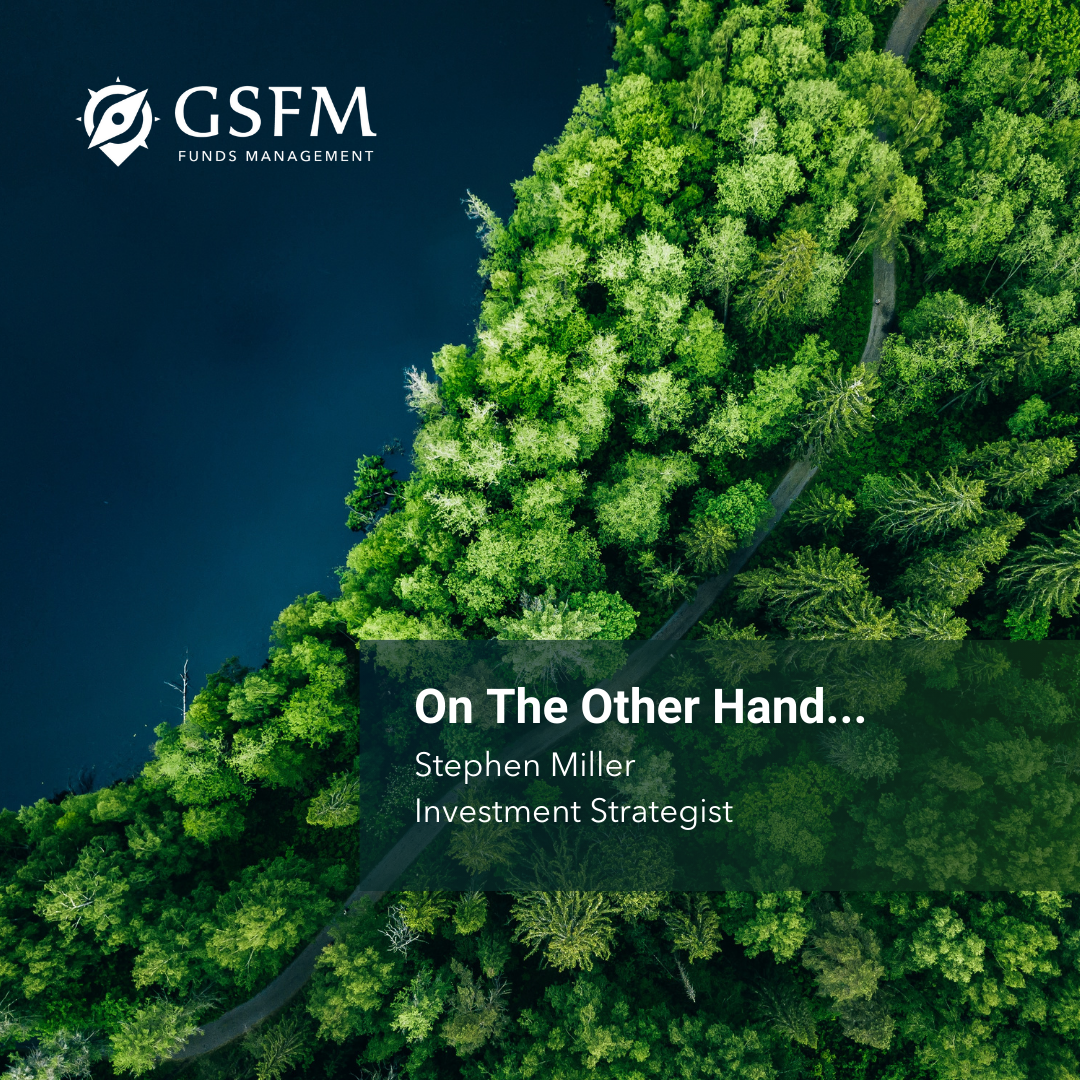The healthcare sector has become one of the most discussed topics in the sharemarket due to a severe sell-off. Once a highly coveted sector and a cornerstone of many Australian investment managers’ portfolios, it’s now being shunned like a structurally challenged cyclical business.
Since January, the sector has experienced a 14 per cent decline, while the broader market has been flat over the same period. This makes it the poorest performing sector, even underperforming listed property.
One of the most enduring economic repercussions in the post-pandemic world has been the surge in inflation, followed by substantial increases in interest rates. Australia has witnessed an unprecedented streak of 11 consecutive interest rate hikes, marking the longest such cycle in decades.
These developments have not only acted as a brake on economic activity but also had implications for the valuations of companies. This effect has been particularly pronounced among high-growth companies, as a substantial portion of their earnings and cash flow is anticipated to come from future years, or at least that was the case in 2022.
Since the start of 2023, technology companies, which have valuations intricately tied to interest rate expectations, have witnessed a remarkable rebound, with the Nasdaq entering bull market territory a few months ago.
Regrettably, healthcare companies, typically viewed as a cheaper yet quality alternative to technology firms, have lagged. So, what has triggered this dramatic shift?
Two factors: Near-term earnings downgrades and structural challenges.
High labour costs
The healthcare industry is labour-intensive, with labour costs accounting for at least 50 per cent of total operating expenses. For some segments, such as hospitals, this proportion is even higher.
Labour shortages over the past year have posed significant challenges to healthcare businesses, especially given that the demand environment is still grappling with disruptions stemming from COVID-19 (for instance, hospital attendance remains below pre-pandemic levels).
In aggregate, analysts have slashed earnings projections for some healthcare companies up to 20 per cent for the 2023 and 2024 fiscal years. Share prices seldom rise when earnings are on a downward trajectory.
Healthcare companies are typically regarded as defensive growth opportunities, but there are looming challenges on the horizon. For example, ResMed is grappling with significant challenges from new GLP-1 drugs, which provide an alternative treatment for roughly two-thirds of sleep apnoea patients who are obese.
Although these drugs may effectively treat sleep apnoea in a minority of cases (less than 20 per cent), they could significantly impact ResMed’s sales of sleep devices and masks, as many patients are averse to CPAP therapy and may opt to discontinue treatment.
The company’s share price has plummeted by 40 per cent since August, erasing $13 billion in market capitalisation. While it may take decades to gauge the ultimate impact, it’s likely that medical advice for most patients will involve using a combination of therapies.
It’s crucial also to recognise that the market opportunity in sleep-related treatments is substantial. Roughly a billion people worldwide live with sleep apnoea, but most are untreated.
CSL presents another example of similar structural concerns. In the coming years, CSL’s sales will face challenges due to fresh competition across several therapy areas.
For instance, Argenx’s Vyvgart offers a more convenient treatment for certain autoimmune diseases traditionally treated with immunoglobulin. Additionally, CSL Vifor, the company’s latest division, will encounter generic competition for its leading iron injectable, starting in Europe and later in the US.
Nevertheless, strong underlying demand for these therapies, fuelled by a large number of untreated or under-treated patients, should ensure CSL’s sales continue to grow, even as competing therapies gain market share. The outlook for Vifor division sales has also been hit by the GLP-1 news, but this is probably an overreaction, with dialysis patient volumes expected to remain largely unaffected.
CSL management has expressed confidence in the company’s prospects at their investor day, forecasting double-digit earnings growth over the next five years despite these challenges.
Invest, compete and innovate
While there are clear reasons for the significant pressure on share prices, whether they are justified will largely hinge on the level of assumption made regarding future disruptions.
One key aspect investors are overlooking is that large incumbent businesses such as CSL or ResMed will continue to invest, compete and innovate. With their substantial market presence and strong balance sheets, they are perhaps the best equipped to adapt and thrive amid changing circumstances.
Consider Microsoft, which has reinvented itself over the years, shifting from a personal computer business to a software business, and today, a thriving cloud business. Predictions of Microsoft’s demise were plentiful for decades, yet it has emerged as one of the world’s most successful companies.
Many businesses have reinvented themselves successfully, including Apple, which nearly went bankrupt twice.
Opportunities for investors lie in understanding the real-world implications of the evolving competitive landscape. Where there is competition, there will be responses, and where there is innovation, there will be increased investments. The management teams become paramount as they navigate businesses through these treacherous yet exciting times.
We are still in the early stages of these structural shifts, such as AI or GLP-1. Let the games begin.
Published in The Australian Financial Review on 22 October 2023.






